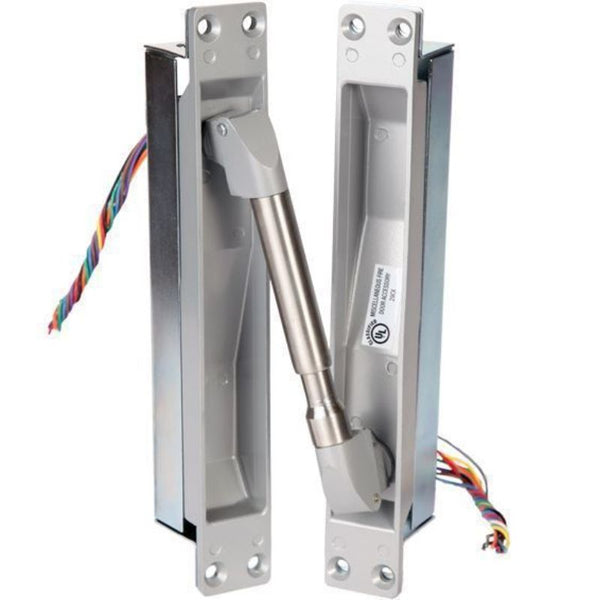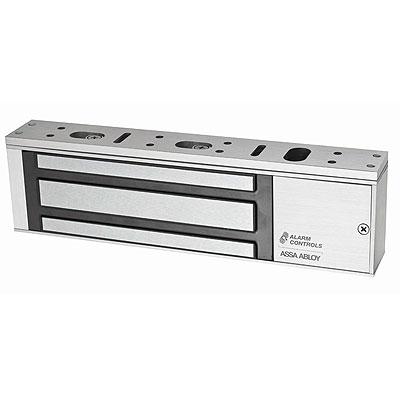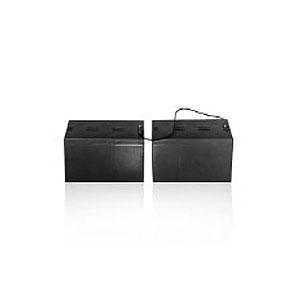Access Control Door Hardware
Access control door hardware is a large subsection of devices that establish security inside a building. It refers to the physical components used in access control systems to manage and control entry into a building or area. These hardware components work together to authenticate individuals, grant or deny access based on permissions, and track entry and exit activities.
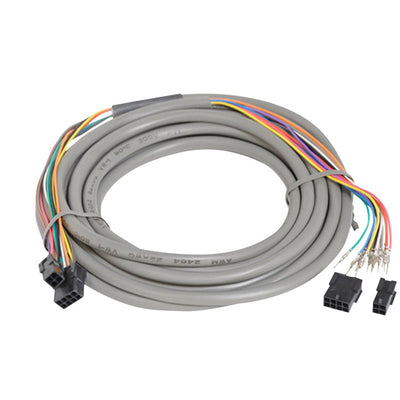
50 products
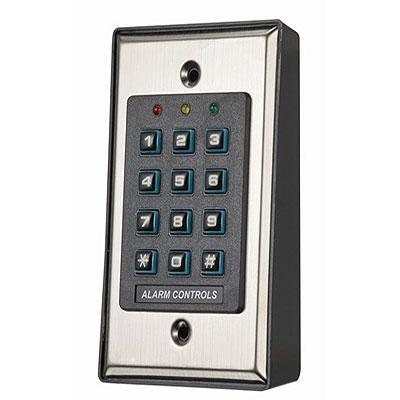
11 products

3 products
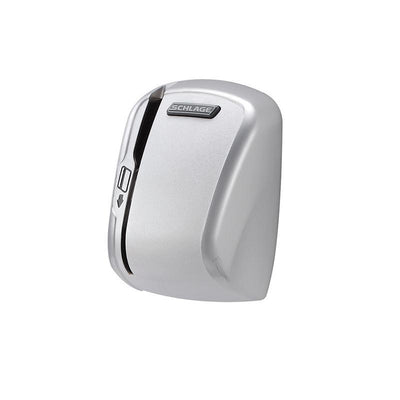
3 products

60 products
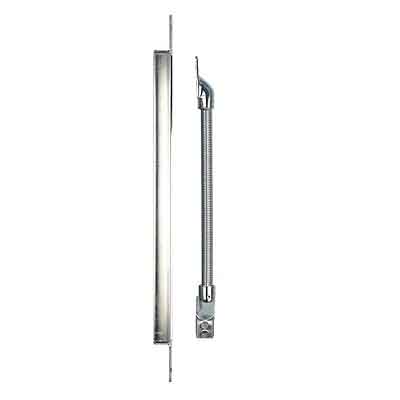
34 products
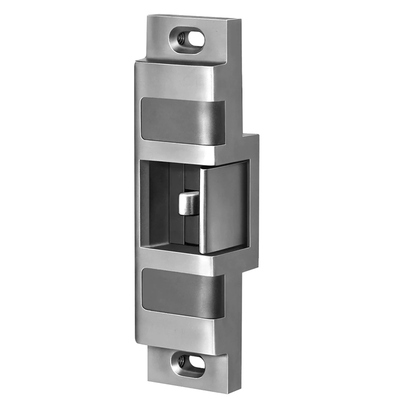
264 products
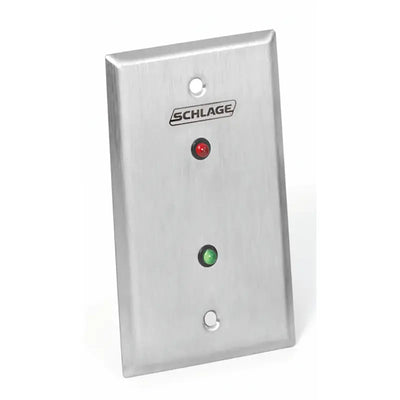
2 products
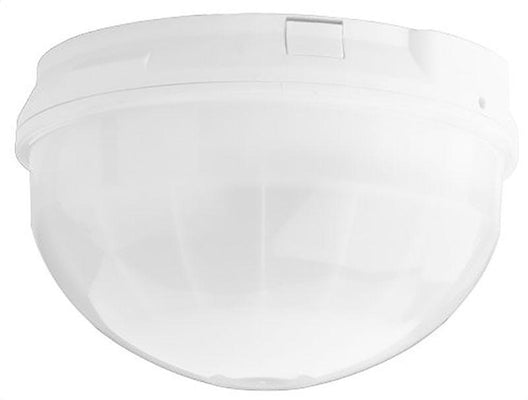
8 products
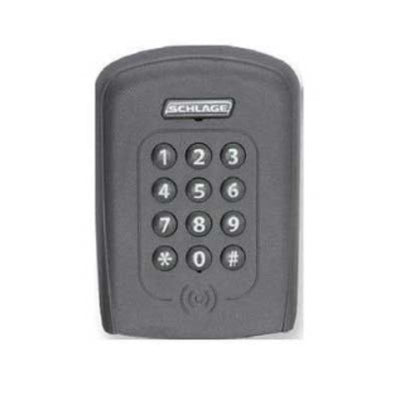
22 products
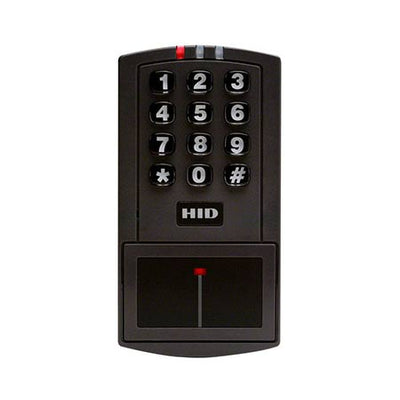
13 products
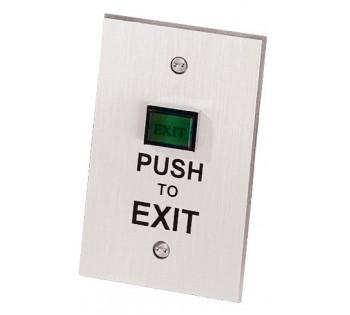
85 products
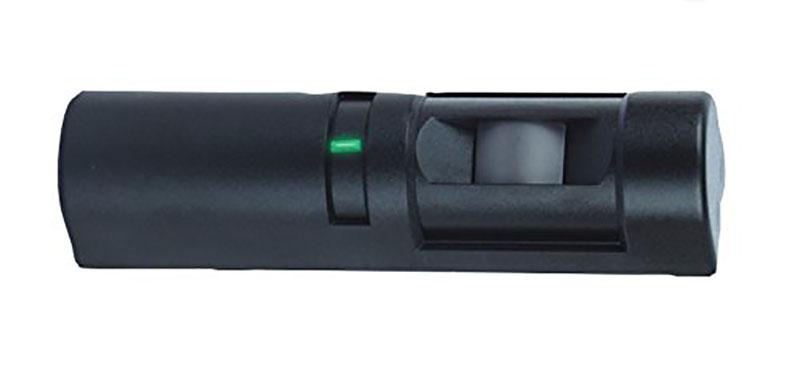
4 products

17 products
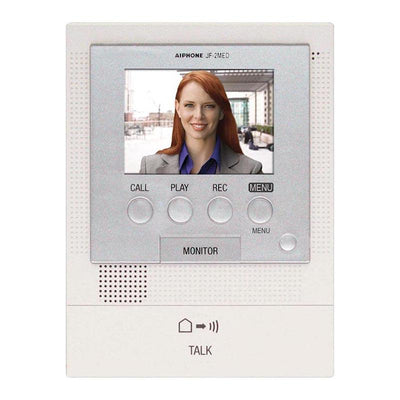
89 products

31 products
Most Popular Products
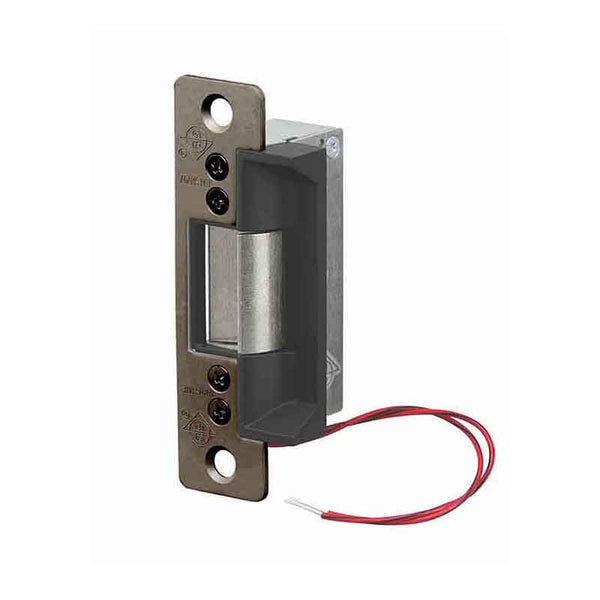
ADAMS RITE
Adams Rite 7100-440-313-00 Electric Strikes, Flat Faceplate, 16 VAC...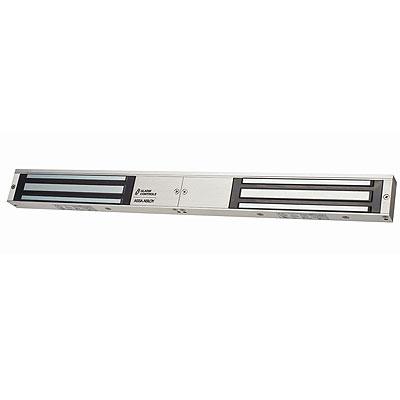
ALARM CONTROLS
Alarm Controls 600D Double Door Magnetic Lock 628 Aluminum Finish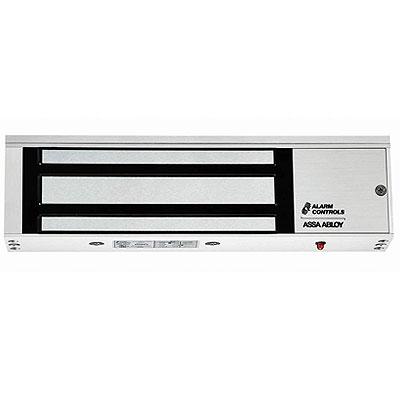
ALARM CONTROLS
Alarm Controls 1200LB Holding Force Magnetic Lock 628 Aluminum Finish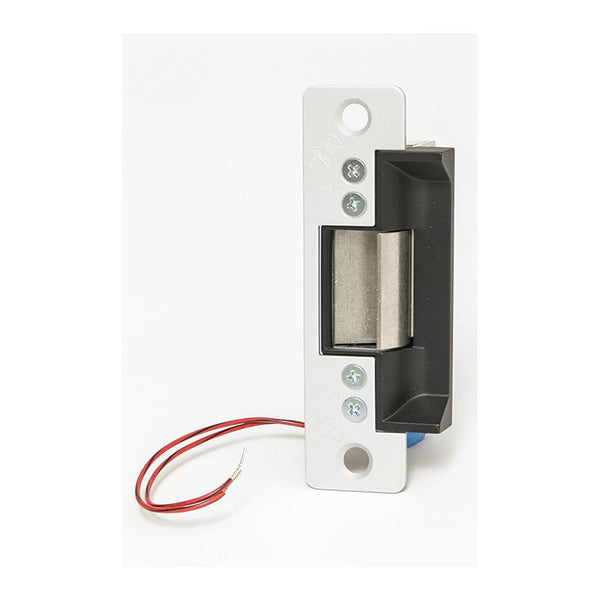
ADAMS RITE
Adams Rite 7100-510-628-00 Electric Strike, Aluminum Jambs, Flat Fa...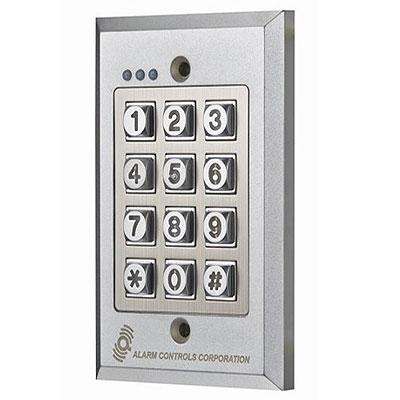
ALARM CONTROLS
Alarm Controls KP200 Weatherproof and Vandal-Resistant Digital Keypad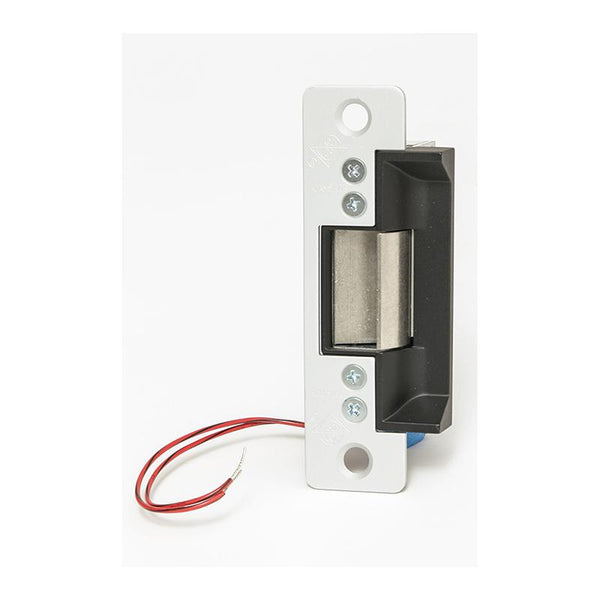
ADAMS RITE
Adams Rite 7100-310-628-00 Electric Strike, Aluminum Jambs, Flat Fa...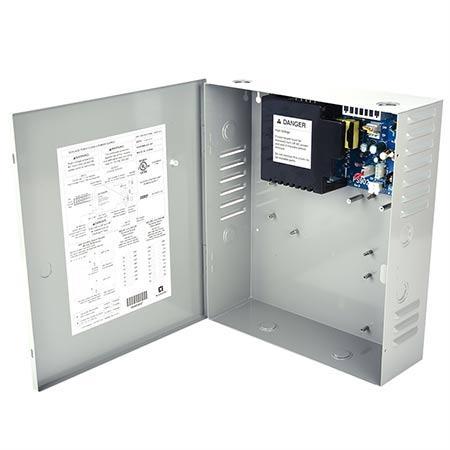
VON DUPRIN
Von Duprin PS902-FA Base Power Supply (2A @ 12/24 VDC Field Selecta...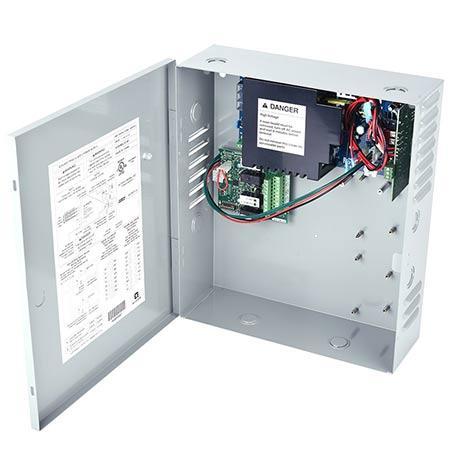
VON DUPRIN
Von Duprin PS902-4RL-BBK-KL Power Supply12/24VDC Select 4 Relay Out...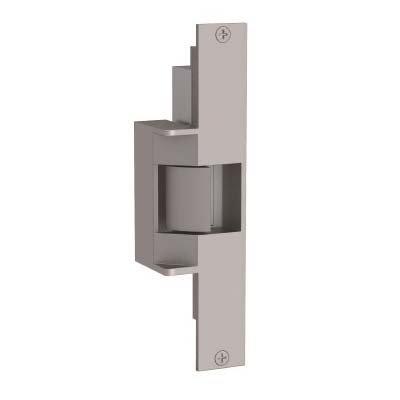
FOLGER ADAMS
Folger Adam 310 2 3/4 24D 630 LCBMA Fail Secure 24VDC Electric Stri...Frequently Asked Questions
The three types of access control hardware are discretionary access control (DAC), managed access control (MAC), and role-based access control (RBAC). DAC gives the business owner or manager the ability to dictate access rights over every employee or user. This is common in smaller businesses or low-scale operations that don’t require a dedicated high-level employee to oversee business security. MAC gives one person, such as a chief security officer or similar position, the ability to designate and enforce access permissions across the entire organization on a case-by-case basis. This is common in operations when a high level of security and confidentiality is required to compartmentalize knowledge or building access. RBAC is common among large businesses that want to restrict access based on the role of an employee or outside person. These roles are usually decided by a systems administrator. For example, a lower-level employee will have basic access to areas they need to complete their job while a higher-level executive will have near unlimited access across the building.
The best type of access control depends on your needs as a company. Different companies will benefit more from one type of access control over another. Identify your business’s personal needs and find the corresponding type of access control from above.
Fail-safe locking systems will unlock doors in the event of a power outage. Fail-secure access control systems will lock the latch in the strike during a power outage. Fail-secure locks are great at keeping areas with sensitive information secure in the event of a power outage but can cause safety concerns in other areas. Fail-secure locks can be a hindrance to egress in an emergency if used on emergency doors or in fire escape stairwells.
An electronic lock, also known as an electric strike, is typically fail-secure. They require power to unlock the door and in the event of an outage will keep the door securely locked until powered again. Magnetic locks, or maglocks, are generally fail-safe. Without power, the electromagnetic lock will not keep the latch locked in the strike and the door will be freely unlocked until power is returned to the device.











